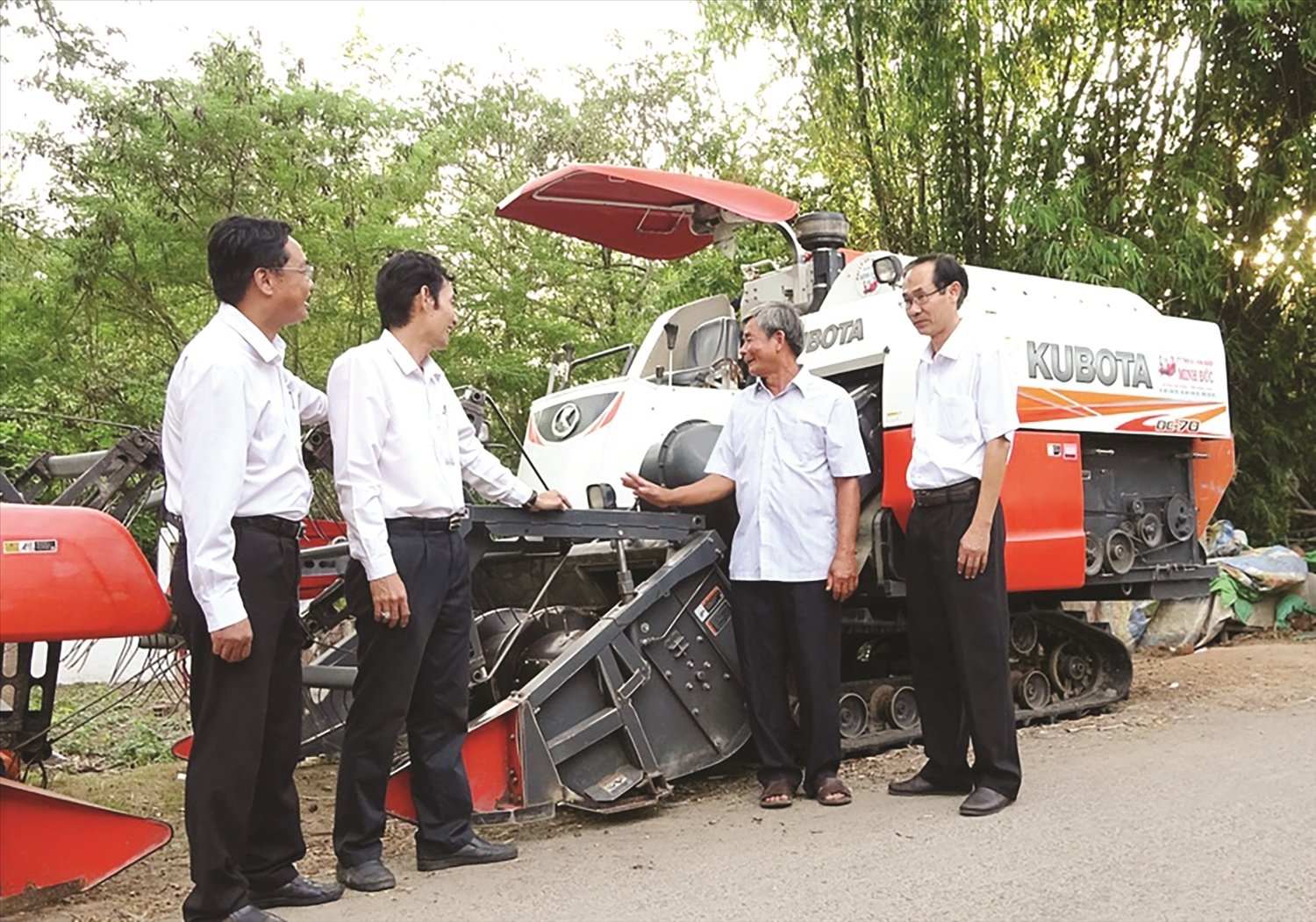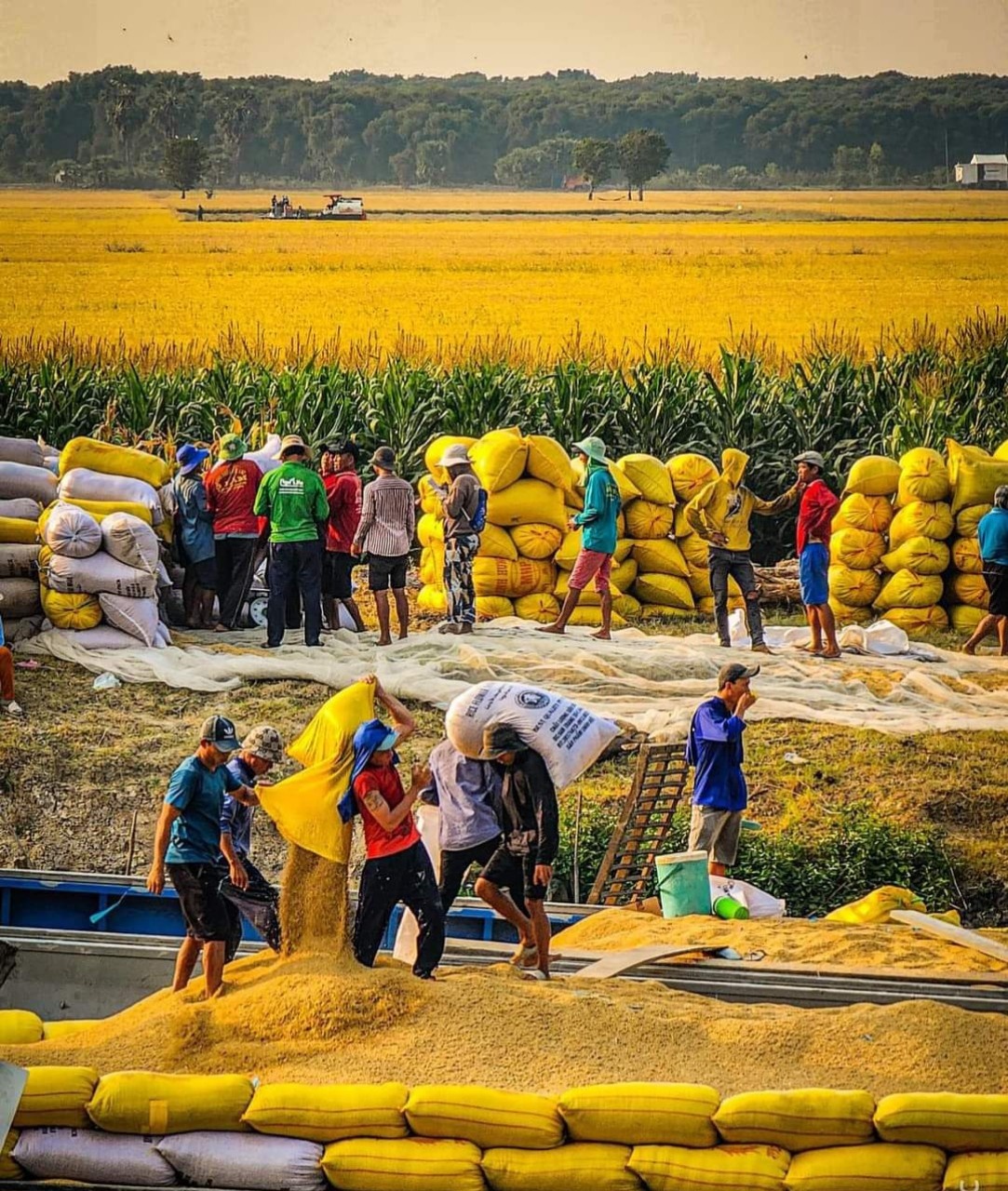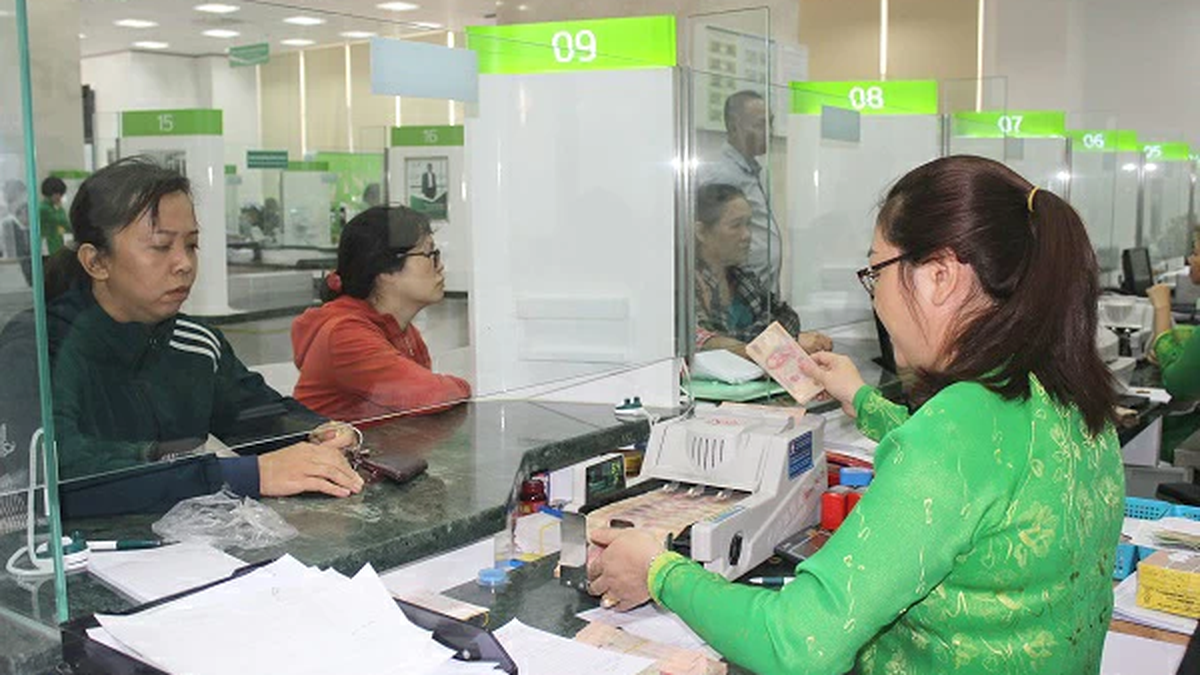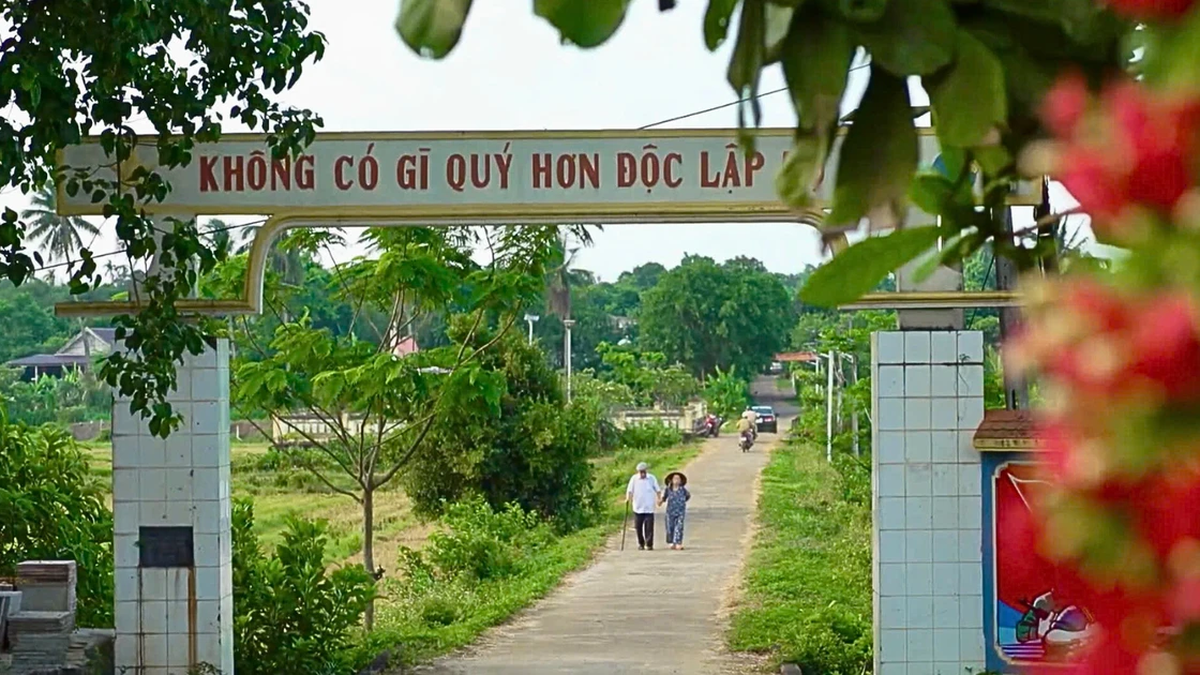This result is contributed by the An Giang banking system which has focused on lending capital to invest in projects, programs and models in the field of large-scale agricultural production; developing agricultural and aquatic product production and business models; home-garden eco-tourism models... supporting the local agricultural and rural growth strategy.
 |
| The application of high technology in agricultural production is growing stronger and stronger. |
Investing credit capital to serve agricultural and rural development
Agricultural and rural credit products have been actively contributing to economic development, aiming at sustainable growth. The credit performance of credit institutions in the area shows that agricultural and rural credit has been promoted. If in 2015 it only accounted for 48.75% of total outstanding credit in the whole area, by the end of March 2023 it had increased to 63.6% of total outstanding credit in the whole area, an increase of 4.86% compared to the previous year (agricultural and rural loans reached 67,440 billion VND).
The growth rate of agricultural and rural credit is always higher than the growth of total outstanding credit in the whole area, the average growth in the period 2015-2022 reached 14.36%, while the average growth in outstanding credit in the whole area in the period 2015-2022 was 10.24%. In the period 2015-3/2023, the structure of agricultural and rural credit had impressive growth in line with the strategy of changing the province's agricultural economic thinking. As of March 2023, outstanding loans for agriculture and rural areas without collateral reached VND 6,900 billion with 164,995 customers with outstanding loans, the average growth in the period 2015-2022 was quite high at 40.03%. This shows that bank capital is flowing strongly into agriculture and rural areas.
The credit structure by agricultural and rural areas still accounts for the highest proportion of outstanding credit. By the end of March 2023, the total outstanding credit balance in the whole area was VND 106,037 billion, of which the outstanding loan balance for the agricultural and rural areas was VND 67,440 billion, accounting for 63.60%. This shows the positive contribution of banks lending capital for agricultural and rural development, creating favorable conditions for businesses and people to invest in machinery and equipment for agricultural production, expand and develop production and business, restore traditional occupations, create more jobs, apply mechanization, science and technology to serve production, improve product quality...
 |
| Bank capital promotes rice production in An Giang. |
Rice and pangasius are the strengths of An Giang, bringing in large revenue for the province's exports. With two key agricultural products of An Giang, there is an impressive growth in lending credit. Outstanding credit for the rice industry by the end of March 2023 was VND 15,195 billion, an increase of 4.84% compared to 2022, with an average growth rate of 16.12% in the 2015-2022 period; Outstanding credit for the fishery industry by the end of March 2023 was VND 13,456 billion, an increase of 3.15% compared to the end of 2022, with an average growth rate of 13.06% in the 2015-2022 period.
Regarding the expansion of the subjects eligible for loans to serve agricultural and rural development, Decree No. 55 has added and expanded the subjects of customers including individuals and households residing in rural areas or having production and business activities in the agricultural sector; Business households operating in rural areas; farm owners; cooperative groups (THT), cooperatives (HTX), and Cooperative Unions in rural areas or participating in production and business activities in the agricultural sector; enterprises operating in rural areas; enterprises providing agricultural inputs for agricultural production, creating favorable conditions for agricultural production subjects and production in rural areas to access agricultural and rural credit sources. The outstanding loan balance for individuals and households by the end of March 2023 was VND 49,933 billion, with an average growth rate of 18.35% in the period 2015-2022; Outstanding corporate loans by the end of March 2023 were VND 16,803 billion, up 20.67% compared to the end of 2022, with an average growth rate of 12.56% in the 2015-2022 period.
The above results show that credit capital has focused on agricultural and rural sectors and industries, which are the strengths and key drivers of An Giang, in accordance with the direction and management of the Government, the Prime Minister and the State Bank, contributing significantly to promoting the socio-economic development of localities.
Issues and solutions for future implementation
By 2025, An Giang will develop about 100,000 hectares of specialized high-quality commercial rice production in association with enterprises. At the same time, restoring and developing specialty rice production areas, the province will maintain a stable rice seed production area of 20,000-25,000 hectares.
To increase production value, the agricultural sector strives to increase the production area applying improved farming techniques (“1 must, 5 reductions”, “3 reductions, 3 increases”) to 95-98% of the total rice area; rapidly increase the proportion of rice areas certified with SRP, VietGAP, GlobalGAP, organic standards... according to actual market demand. Along with that, increase the rice and sticky rice production area linked with enterprises through cooperatives and cooperatives to 200,000-250,000 hectares by 2025.
In addition, promote the registration of the “Vietnamese Rice” certification mark; by 2025, issue export-standard growing area codes for about 70-80% of the high-quality rice export area. An Giang strengthens innovation, forms and develops a circular economy in the rice chain, aiming to reduce CO2 in production, and combines the sale of carbon credits to increase income from rice cultivation.
In addition, by 2025, the province aims to stably develop the concentrated pangasius farming area to reach 1,500-1,600 hectares, develop farming models applying advanced, high-tech, environmentally friendly, and adaptable to climate change; the farming area applying certification standards according to market requirements will reach 70%; the pangasius farming area with farming area codes will reach 90%. An Giang is planned to become a pangasius breeding center of the Mekong Delta region on the basis of implementing the Project on linking the production of high-quality 3-level pangasius breeding in the Mekong Delta region in An Giang.
To meet the planning of the province's key agricultural products, An Giang's banking system focuses on mobilizing capital for investment loans, exploiting the potential and strengths of the locality to serve the goal of economic development and create many jobs for local workers, contributing to promoting the socio-economic development of An Giang.
To create a new breakthrough in agriculture, farmers and rural areas, the An Giang banking system synchronously implements solutions to carry out the following key tasks: First , continue to direct credit institutions to balance capital, focus credit on cooperative economic organizations, cooperatives operating in production, business, priority areas according to the Government's policy, new cooperative models that operate effectively, cooperatives participating in developing products with strengths, production according to the value chain applying high technology, with high commercial value, cooperatives innovate and digitalize in accordance with the provisions of law. Second , regularly research and develop a variety of bank credit products; review, improve, innovate processes, procedures, and conditions for granting credit in accordance with the requirements and practical operations of cooperatives to gradually expand and increase capital support as well as access to bank credit for collective economic types. Third , actively contribute to improving credit policy mechanisms, focusing on improving credit policies serving agricultural and rural development to increase cooperatives' access to credit; Continue to effectively organize and implement interest rate support credit programs and national target programs to support cooperatives in stabilizing, recovering and developing the economy.
Master Tran Trong Triet
Source



































































































Comment (0)